Got Broad (Russet) Mites? How To Detect, Prevent And Treat Broad Mites On Cannabis Plants
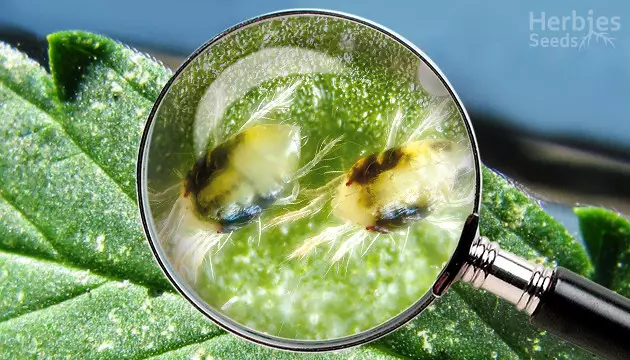
When it comes to pest problems and cannabis plants, broad or russet mites are about the worst of the worst. These small mites are microscopic and virtually impossible to spot with the naked eye. However, small and mighty, they’re powerful enough to destroy whole gardens. With that information alone, you can see why russet mite identification or their early signs would be important for any grower to know. Here, we’ve compiled a complete guide to broad mites on cannabis so you can be prepared and avoid the damage they can cause.
What Are Broad And Russet Mites?
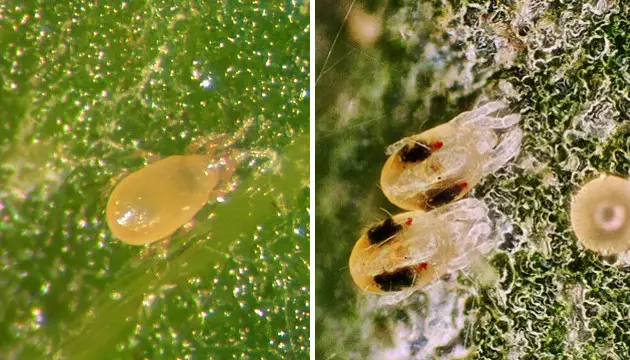
Broad and russet mites are similar in nature, so the terms over the years have become interchangeable. Scientifically, broad mites are classified as polyphagotarsonemus latus while russet mites are aceria anthocoptes. Both types of mites behave in a similar fashion, hence their grouping in the industry. Both species not only affect cannabis but a wide range of plants like peppers, tomatoes and grapevines.
What Kind Of Damage Can A Russet Or Broad Mite Cause?
Most growers would agree that mites are like weapons of mass destruction. The damage from russet mites begins small but grows rapidly. Without treatment, you’re more than likely to lose your entire crop. What makes russet mites so destructive is their extensive eating habits. In comparison to other mite groups, broad mites eat and attack the most.
Broad mites feed off plants, fungi, many predators, parasites and even sap. This eventually leads to the depletion of nutrients, stunting the overall growth of the plant. Even worse, russet mites are especially attracted to the resin that cannabis flowers produce, so even buds aren’t safe from their overeating.
To understand the detrimental effects that russet and broad mites on cannabis can cause, we’ll review the signs and symptoms of their deterioration on crops.
Broad And Russet Mites on Cannabis And Signs To Watch For
Since these mites are microscopic, you’ll need to know what signs to look out for before you’ll be able to recognize them for yourself. What you may be able to find, however, are russet or broad mite eggs. Broad mites tend to lay their eggs on the backside of new growing leaves. If your plants are showing signs of distress or nutrient deficiency, this is something you can check for.
Unfortunately, signs of russet mites will appear in other visible ways, too. Here are a few of the most tell-tale signs or russet mite symptoms.

- Altered leaf texture – Leaves may appear wet or, conversely, look scorched or blistered. This also includes leaf edges turning upward.
- Funky new growth – New growth will begin drooping or may grow in a twisted fashion.
- Concentrated areas – If you spot certain areas visibly affected than others, this is normally due to a concentration or infestation of mites.
- Buds dying off – When flowering, russet mites have the ability to completely kill a bud. You’ll notice the nug turning brown while dying.
Adding to russet mite identification issues is that many of the signs mimic other common issues such as overwatering, pH problems, unhealthy roots or heat stress. Whenever you’re investigating one of these issues, it might be time to take a closer look for the specific signs of russet or broad mites.
So now that you know how to spot russet and broad mite symptoms, let’s learn more about how to get rid of these mites if you ever have to do so.
Successfully Treating Broad Or Russet Mites On Cannabis
Fortunately, there are a few treatments you can use to work against russet or broad mite-infested gardens or plants. If you’ve caught the signs early enough, the treatments will be worth the cost to save the health of your crop – because let’s be honest, if you don’t implement proper treatment after spotting the signs, you’ll be losing out on far more.
First, you’ll want to cut off or dispose of any severely infected parts of the plant. Completely remove any damaged leaves, stems or nugs on which russet or broad mite damage is visible. From there, here are a few solutions and treatment options you can use to kill the mites.
Neem Oil & Other Natural Oils
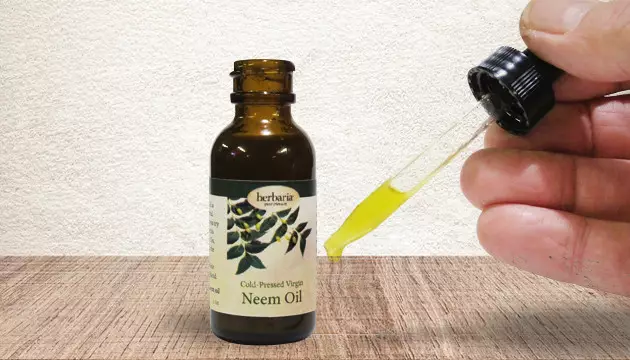
To remain compliant or within organic standards, neem is a natural oil that’s recommended for russet mite control. This option is quite effective and can be applied in the form of a foliar spray frequently, but if growing indoors, watch your light distance to avoid burning from oil residue.
Insecticidal Soaps
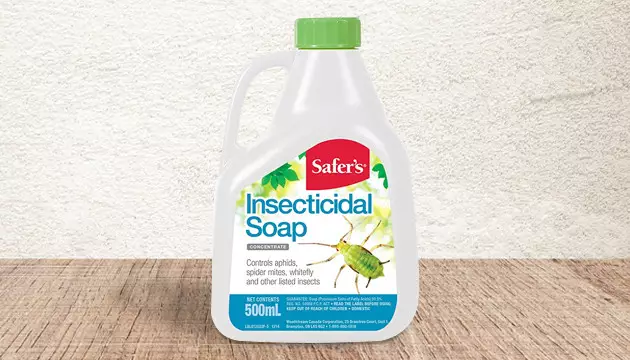
Like oils, insecticidal soaps are safe to use on plants and are helpful when used in accordance with other treatments. They’re safe to use during the flowering stage, unlike some insecticides, but avoid using directly on buds to avoid altering the taste or smell.
Predatory Mites
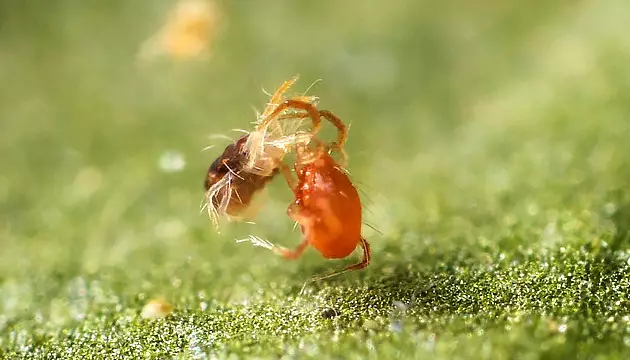
Mites versus mites are by far the most organic option and adds an additional layer of eradication. Any Neoseiulus-type mites will work against the broad or russet mite populations.
Organic Insecticides
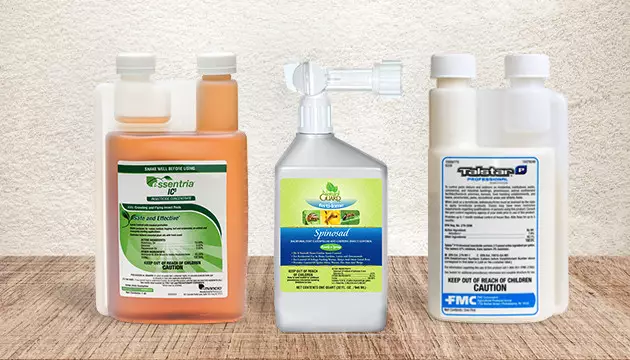
Essentria IC3, Spinosad and Talstar are ideal organic insecticides. Essentria and Spinosad can be applied daily for additional russet or broad mite control, while Talstar has a residual effect of up to 30 days and can then be re-applied if needed. There are a number of chemical insecticides available to kill broad mites as well if you’re interested in eradicating with that type of solution.
Keep in mind that you’ll have to use your mite treatment choice frequently, sometimes even daily, with extreme infestations. Make sure you monitor the stress of your plants and adjust your treatment solutions accordingly.
Tips To Avoid And Prevent Broad And Russet Mites

As you can see, broad and russet mite control is essential for any operation. To ensure the prevention of any infestations, keeping a clean working environment comes first. Make sure your growing area has proper air circulation and ventilation to allow for ideal airflow, so never forget to invest in fans, vent and exhaust system. The correct temperature of 20–30°C (70–85°F) and humidity levels of around 40-50% will likewise help to deter pest infestations.
Keep An Eye On Broad And Russet Mites
At times, growing cannabis can feel like a game of prevention and promotion. While treating your plants with ultimate care for growth, you’re also having to combat other common issues. Russet and broad mites are an issue that affects many growers, but usually only once. After experiencing their intense damaging effects, those growers take every precaution not to have to kill broad or russet mites again. With the information you’ve gained today, you can now monitor your own garden for the early signs of broad and russet mites, implement prevention measures, and treat successfully if necessary.
Herbies Head Shop expressly refuses to support the use, production, or supply of illegal substances. For more details read our Legal Disclaimer.


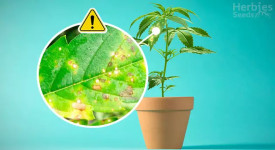

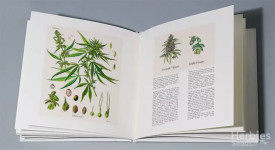
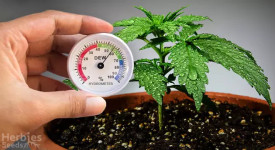


Thank you for leaving a comment for us!
Your feedback will be posted shortly after our moderator checks it.
Please note that we don’t publish reviews that: